How to start small in the cheese business
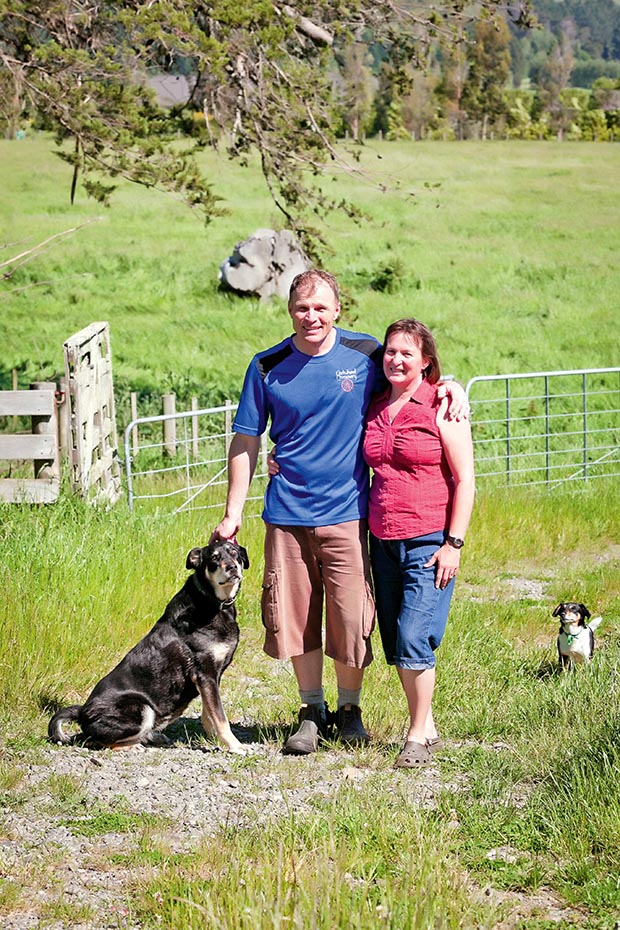
Many people have a dream to become artisan cheesemakers. It was 20 years in the making for Adrian and Jill Walcroft of Cartwheel Creamery, but they’re maturing nicely.
Words: Nadene Hall Photos: Bernadette Peters
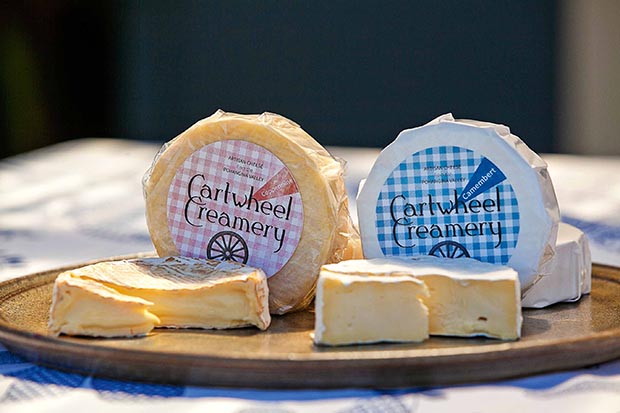
Adrian ‘Ade’ Walcroft used to be a plant scientist. He trained for nine years, then dedicated another 19 years to working on projects related to getting the best production out of New Zealand’s dairy cows.
But he’s moved to the other end of the dairying process for his new job as an artisan cheesemaker on a lifestyle block half an hour’s drive from Palmerston North. It’s a dream that he and wife Jill have had since they got married, but it was only when the fun finally went out of science for Ade that they decided the time was ripe to make cheese their life’s work.
“Cheesemaking was something that we talked about and thought about,” says Jill. “Then about three years ago Ade became much less happy with his work than he’d ever been before and we just realised we needed to crank up our original dream.”
In 2014 they started selling feta, camembert, haloumi and washed rind cheeses. Their little creamery is now churning through 640 litres of fresh organic cows’ milk every week.
“We’re buying in the milk because it’s been so hard building the creamery and getting everything up and running, the thought of calving cows and milking twice a day was a bit too much,” says Ade. “And it didn’t make sense to us, we thought it was much better to leave the animal side to our friends who can do it much better than we can.”
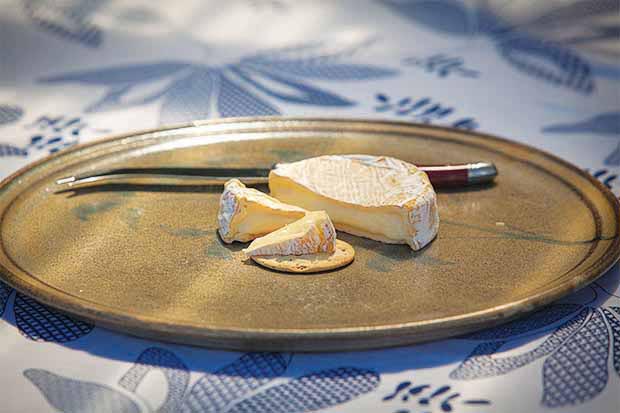
That includes milk from the Jersey-cross cows of Ian and Ali Passey, Freisan cows at Stewart Dairylands, a standard herd and an A2 herd from Arran Farm, and goat milk from a Saanen herd based at Opiki.
The milk arrives at their home base, a carefully designed set-up for their artisan cheese endeavours. Two portable buildings from Whanganui company PTL Portables were built to the couple’s specifications, then trucked over and set up on their Pohangina Valley block.
“There were several ideas behind that,” says Ade. “One was scale-ability, we could either expand the existing factory or we could build a completely new customised factory and still be producing out of that one while the other was being built. “Or in the worst-case scenario, say in five years we find it’s all hard work and we’re not making much money, the whole thing could be lifted up and sold as a homekill processing plant or anything like that. It doesn’t have to be a permanent building on this property, it can be moved away… or we can take it with us.”
Not that the Walcrofts have any desire to move from the gorgeous valley they and their sons have called home since 2007 says Jill.
“Sometimes on properties you see they’ve set up glasshouses and they grow cut flowers and then they’ll move on and the next owners don’t want to do cut flowers, so you can’t add that value to the asset because it’s of no value to the next people.
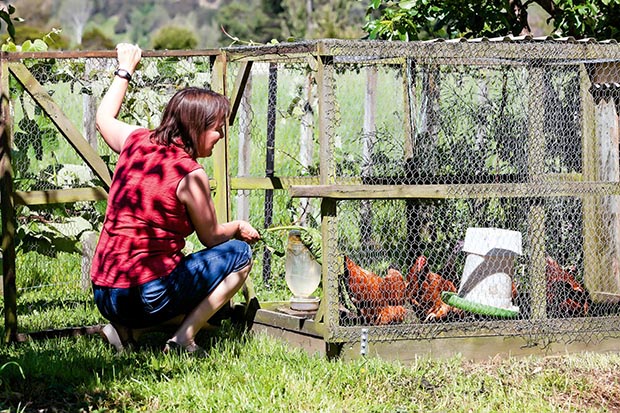
“We’re giving ourselves options, it’s not that we intend to leave – it’s a very beautiful place and we love the valley and the people in it – we’re being careful.”
Careful too in the planning of their creamery – not a factory say the couple, because everything about their cheese is done by hand – which began with visits to other small-scale cheesemakers.
“We looked at several, we did a bit of a road trip to the South Island, visited a few cheese-makers there,” says Ade. “I’ve also been up to Putaruru and done a few courses at the NZ Cheese School, got some great ideas from them. We visited Biddy Fraser-Davies at Eketahuna, then went over to the Lonely Goat at Whanganui to see Brian and Rae Doughty.”
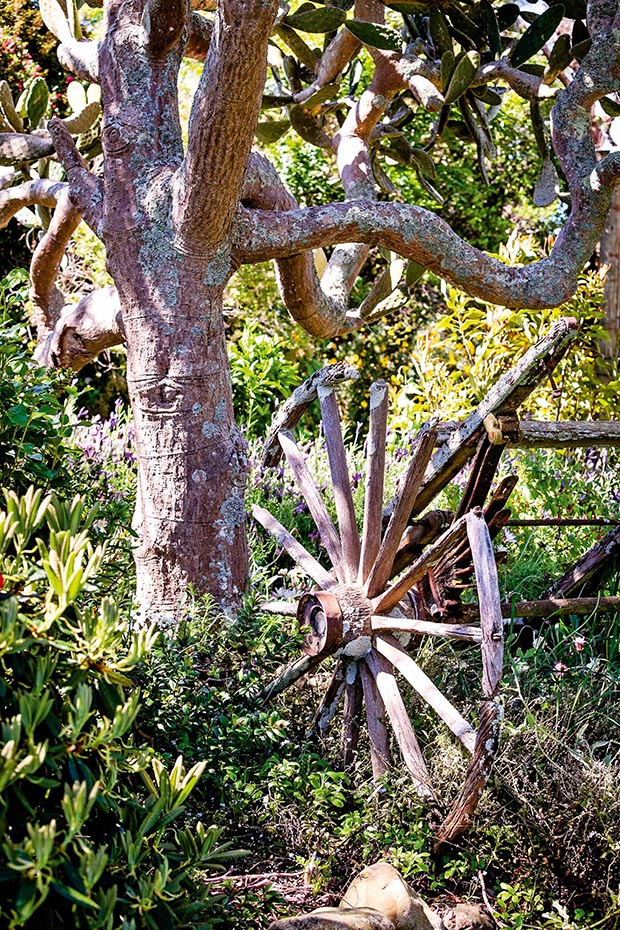
First on his mind was practicalities.
“A lot of the things that I saw in other people’s cheese factories I used in ours because when you’re starting with a blank sheet it’s hard to think through the process and decide where things are going to be laid out, how big it has to be, the floor drainage, all of those little details that can make or break a project.”
It was a new building at the Doughty’s Lonely Goat operation that inspired Ade and Jill’s design. The buildings cover 60m² and are constructed of easy-clean chiller panels, insulation wrapped in metal sheeting. There’s the main cheese-making room, an entranceway, separate curing rooms for white and blue cheeses, and a chiller for the finished products.
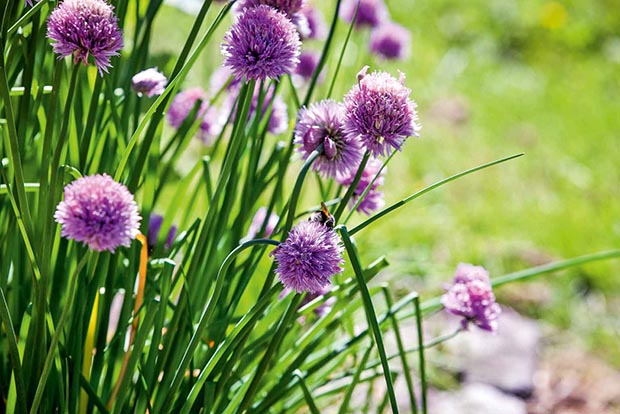
The alternative was to use a nearby shop, but after adding up the cost of a 4-5 year lease, retrofitting the building, and travel time, the choice was easy.
“For the cost of the lease we could pay interest on a loan and it’s all brand new,” says Ade. “There’s so many times when I’m wandering out to the creamery at 10 o’clock at night to turn the cheeses and think ‘if we’d rented, I’d have to get in the car, drive 10 minutes down the road to Ashhurst, then drive 10 minutes home again.’”
The creamery’s floors are sloping waterproofed plywood for easy cleaning. Spills of whey, water for cleaning and other wastewater drains into a 25,000 litre storage tank and is used to irrigate the Walcroft’s block.
“Most of the wastewater is actually cooling water from the vat,” says Ade. “After we heat the milk to pasteurise it we then have to cool it down, so we run a lot of cold water throught the (vat’s) jacket… the wastewater ends up quite dilute.”
While the buildings can be easily picked up and moved using a truck and hi-ab, to Ade’s disappointment the council decided it still required a building consent because they would be on site for more than a few months.
“They still wanted all these engineering designs and pile designs, which made the build more challenging and expensive. “One thing they agreed to was it could be classed as a home occupation and that made it a less onerous task to be compliant.”
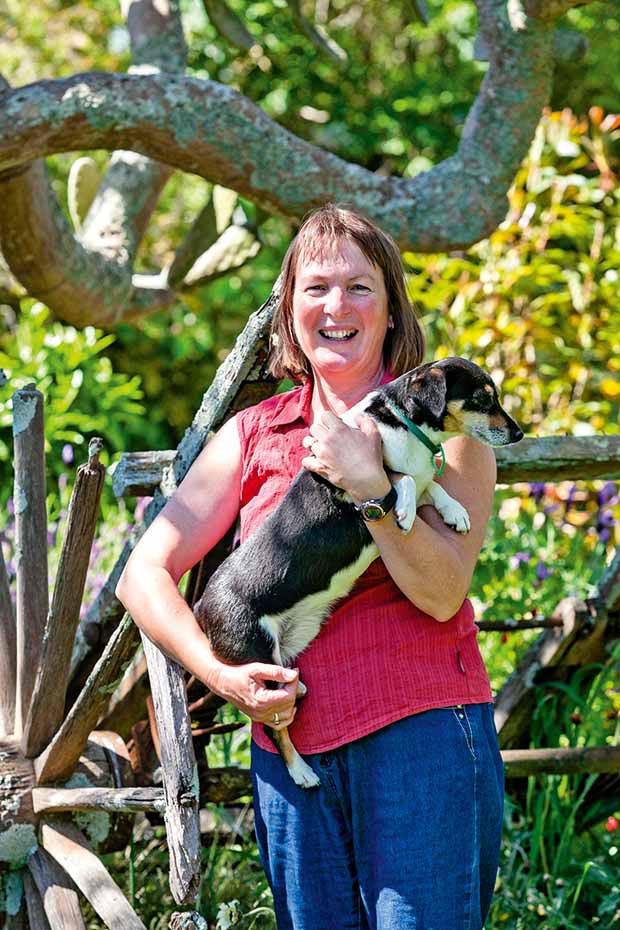
THE CHEESES OF THE CREAMERY
Science is a pretty dry business, but it does give Ade an advantage now he’s a professional cheesemaker.
“Adrian is a scientist so he does think with a scientific mind,” Jill explains. “He’s also always had a flair for good cooking and good food, he’s the one who does the special cakes or the special meals, and I’m the support person, entertaining.
“One of the other reasons for the shift being so attractive is the tangibleness of making cheese. Science is quite esoteric, you publish in a scientific journal and no-one even notices, but the support we’ve got from making cheese has been the opposite.”
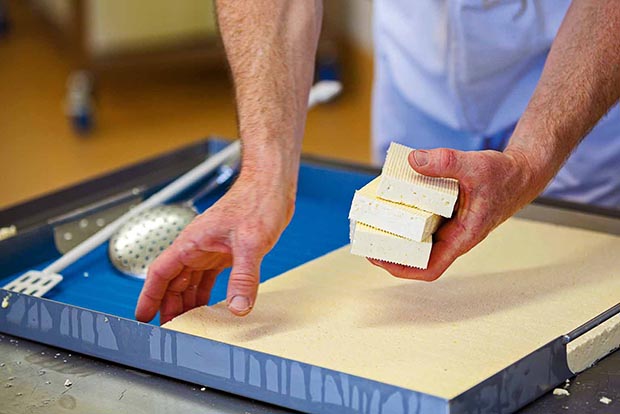
Their choice of cheeses was guided by practicalities of business. They started with soft cheeses like feta and haloumi because they’re made and ready to eat in a short time. Next was a slightly longer-maturing camembert and a washed rind cheese they called ‘Coppermine’, similar-looking to camembert but more flavoursome. It’s Ade’s favourite.
“I like the washed rind cheese… they just get washed in a weak brine solution which has got the brevi linens bacterium in it. They get three washes, three days apart, until you start to see the bacterium growing on the surface, then they get wrapped, then they go in the chiller for another couple of weeks, then they can go on sale but I prefer to eat them another month after that.”

Jill’s favourite cheese is a good blue – “they go really well with my plum paste!” – but she says Coppermine has a special quality.
“It surprised us in that it has a lovely taste, it has a lovely mouth feel. Some things you eat and you think ‘I could have another bit of that’ and it’s definitely in that category.”
Every Monday and Wednesday Ade is in the creamery processing the cheeses; Tuesdays and Thursdays are for cleaning.
“It’s a lot of hard work, probably 60-70% of the work is cleaning and sanitation and it’s hugely labour-intensive, probably 3-4 hours.
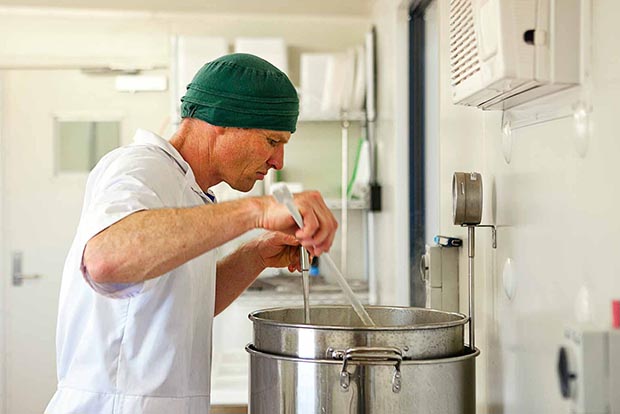
“It takes a day to make a batch of cheese and then the next day, a couple of hours cleaning and a couple of hours processing the cheese, it’s hard work. We are quite small scale so we don’t have the efficiencies that larger operations have got.”
Because everything is made by hand, Ade has to be careful to make sure each cheese is as close to the same size as possible and under what they’ve discovered is the magic weight mark.
“There’s something interesting we’ve found with the market: the cheese’s size is quite important. We sell roughly per kilo but if I end up making the cheeses too big, an individual cheese might end up more than $10 – it might be $11 or $11.50 – and you get quite a bit of resistance but if you keep it under $10 people are happy.”
Next on the list will be a blue, something Adrian is already known for. In 2012 he won the supreme award in the home cheesemakers category of the NZ Cheese Awards for his Pohangina Blue, a cheese he made in a pot on the home stove. The inspiration came from a year the couple spent living in France says Jill.
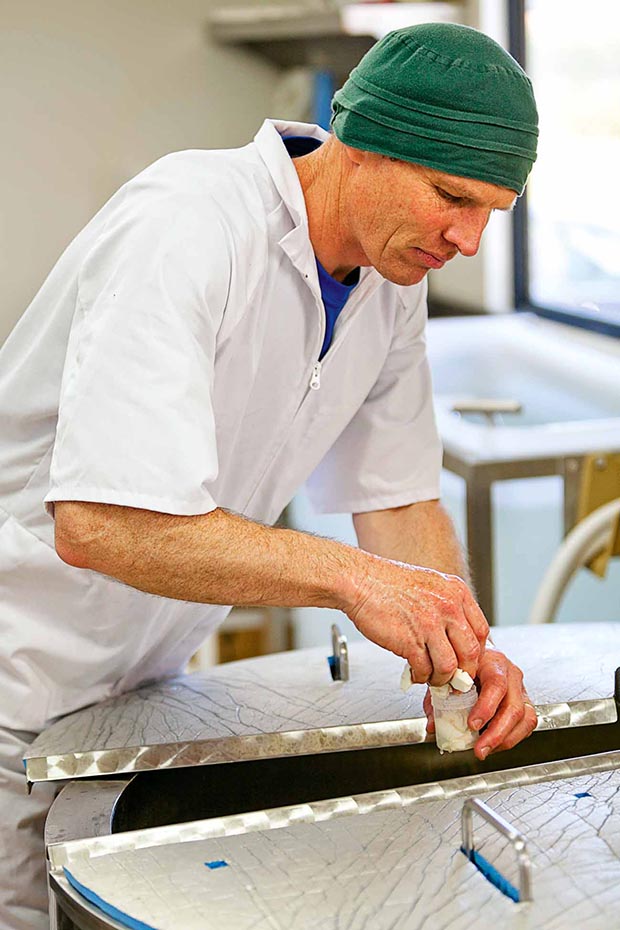
“We’ve always loved blues, I’m in love with a cheese called Bleu d’Auvergne in France. It’s not that we’d like to copy it, but there’s the inspiration to make a cheese as good as that. The other cheese we’re interested in making is some kind of farmhouse cheese, a signature cheese you’ll only get at Cartwheel Creamery, so we’ll be developing that one. It’s the French concept of terroir, the local soils and the local environment and how it affects flavours and things like that.”
The key to cheese is finding a flavour you love, and the scientist in Ade loves the mix of the logical aspects to his craft which then create the art.
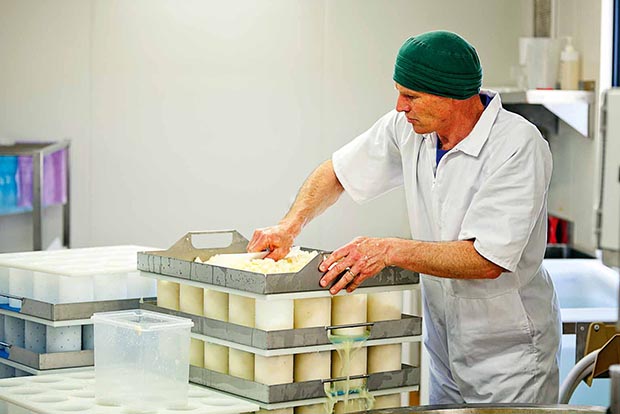
“There’s so many points in the process where you can vary things just slightly. The amazing thing about cheese is you start off every single cheese, thousands of different cheeses, all start with the same basic ingredients: milk, some cultures, rennet, and salt, and when you look at a cheese, that’s all there is. But just by subtle changes in the process, the time at which you do things, how much you heat things, how long you stir for, which cultures you choose, you get this cascade of hundreds of different choices, and each one could end up in a different kind of cheese.”
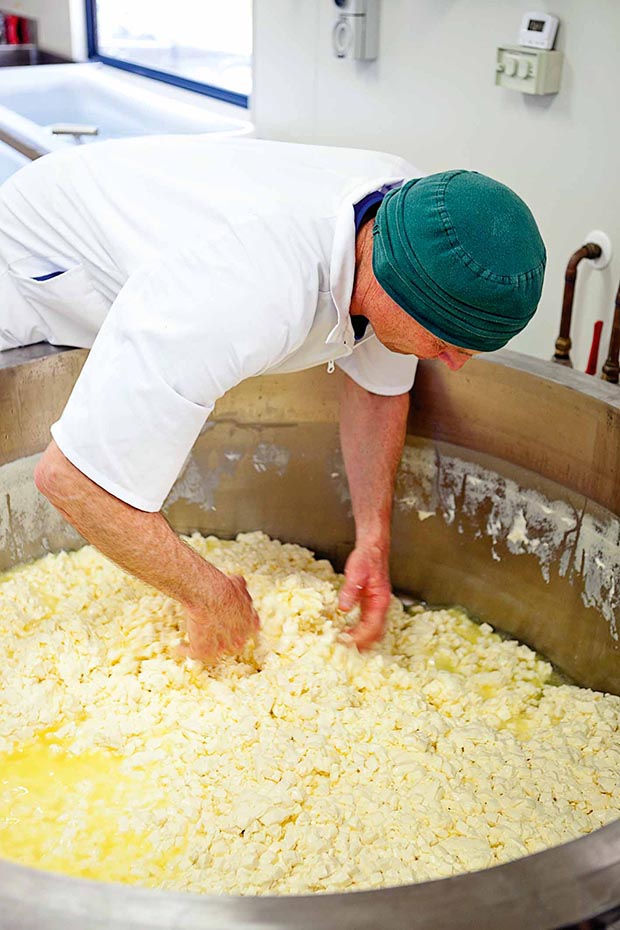
Their time in France means the couple have palates that are a bit more adventurous than the typical New Zealand cheese eater, and it’s something they’re careful to take into account when coming up with ideas says Ade.
“We’ve gone with our camembert because that’s so recognisable and people will buy it, whereas if you’d started with some really stinky washed rind or a really strong blue that is going to challenge people‘s palate a bit… we went with things people are familiar with.”
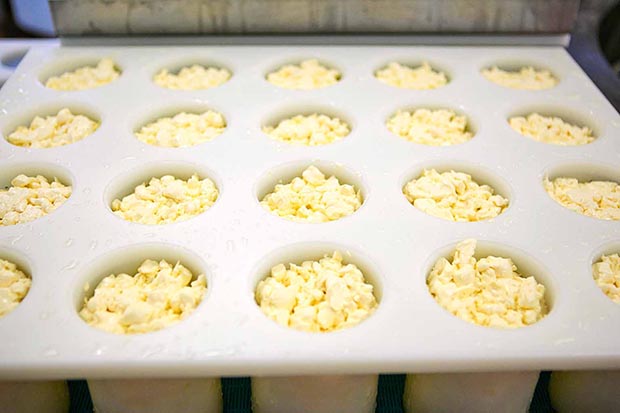
Their strategy has been especially fruitful. They started off using 200 litres of milk a week, and within four months it was up to 640 litres, and rising. Jill now has a part-time job so she can join Ade in the creamery on her days off.
“At this point we’re producing essentially as much as I can make on my own because it’s such a labour intensive job,” says Ade. “We’re at the crux where the business is not quite earning enough to support our family but to take it to the next level we need more labour input… but it’s looking so promising and growing so quickly that we’re confident it’s the right move.”
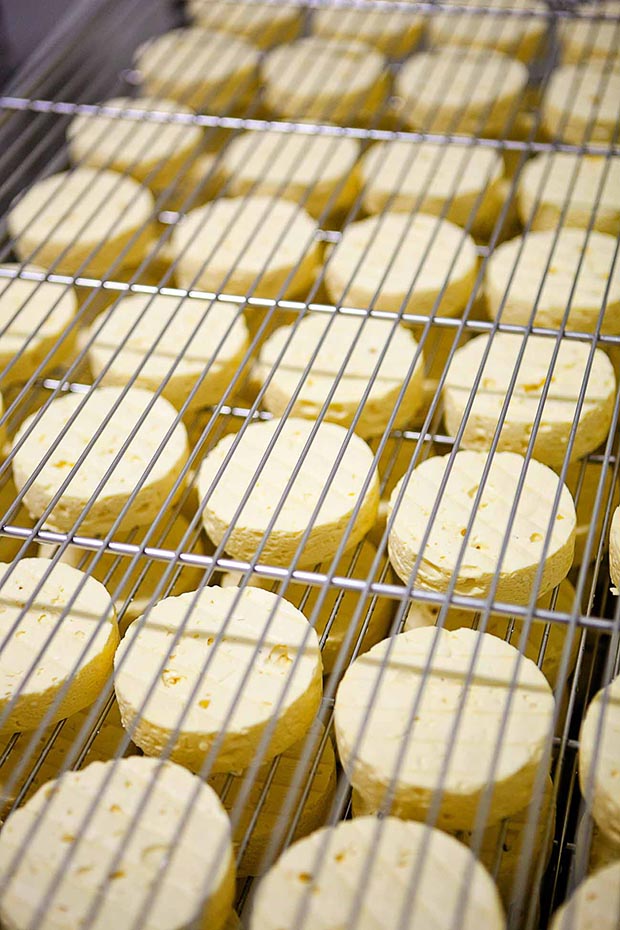
Things are looking promising in other aspects too. Their washed rind cheese featured in a book by New Zealand-born, world cheese aficionado Juliet Harbutt, chosen from a range of offerings by Kiwi artisan cheesemakers. There are no plans to become big-time cheese manufacturers though.
“In terms of growth, we haven’t got ideas of becoming too big,” says Ade.
“We’d like to grow to the stage where we can afford relief staff to allow us to take holidays and have time for other things.” “We have a lovely view and a nice setting,” says Jill. “But we live in a very ordinary house, we drive old cars, and we borrow our friends’ caravans for our little holidays when we do get them. “There are plenty of small businesses that fail in the first five years, we’ve just got to go carefully, carefully the whole time.”
THE RULES ON MAKING CHEESE
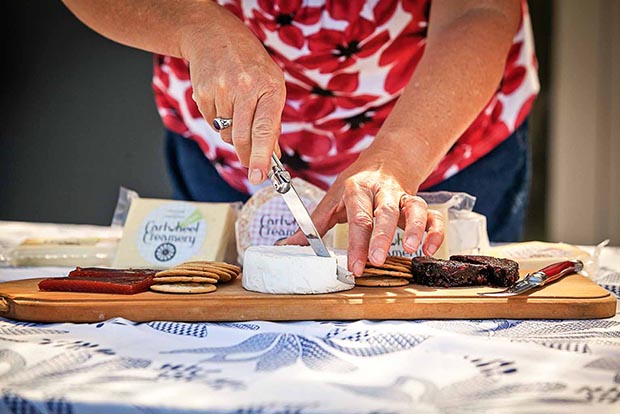
When it comes to making cheese on a small-scale, Biddy Fraser-Davies of Cwmglyn (‘coom-glin’) Cheese in Eketahuna has lobbied long and hard. She has spent the last couple of years trying to get the Ministry of Primary Industries (MPI) to amend the rules for artisan cheesemakers so they aren’t prohibitively expensive. Current regulations lump all cheese producers into one group, resulting in the same compliance costs whether it’s a commercial factory working with hundreds of thousands of litres of milk, or a one-man/woman band using just a fraction of that.
Her experience and those of others was an important part of their research into whether it was economic to be cheesemakers on a small scale says Ade.
“If you read the letter of the law, MPI publish a guideline for construction of dairy manufacturing buildings. It’s about three inches thick, clearly designed for huge factories, and not a lot of it is really applicable to our scale, so it was really useful to see how other people had interpreted those rules and have made it manageable. If you read letter of law you’d never be able to afford to do it.”
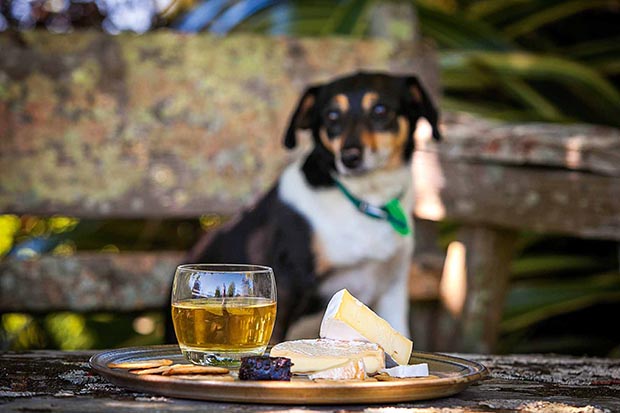
How to interpret and apply the rules to a small-scale project was also an important part of their initial research.
“We were quite curious about what it was that made them pass their MPI audit,” says Jill. “One of our biggest concerns was setting something up and finding it wasn’t up to standard.
“You know how Biddy is in the news a lot about the cost? Really, the essence of her story is how the industry is set up for that bigger scale, and what you read between the lines with her is you should scale it proportionately for different levels of production. It’s stopping a lot of people from starting, and it’s also bringing some people to a halt because they can’t afford the upkeep of those high costs.”
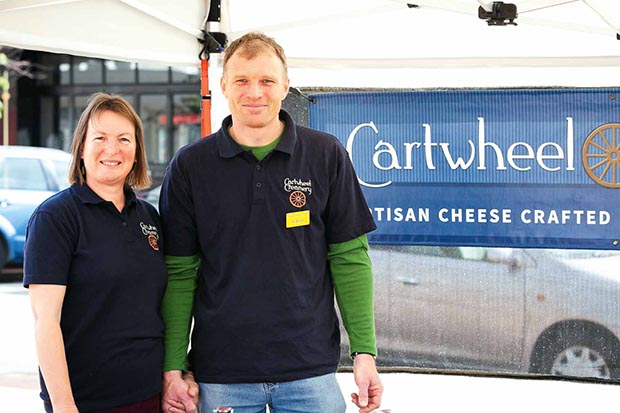
Cartwheel Creamery cheeses are on sale in some stores in the Manawatu but the Walcroft’s biggest sales come from the Feilding Farmer’s Market. “We’re really enjoying the farmer’s market and the other markets we’ve been going to this season, meeting all sorts of amazing people,” says Jill.
“Adrian is quite an introvert but he’s enjoying it more than he realised he would. “It’s not just the people you meet, it’s the other stallholders that you’re with who are interesting and fun, there’s someone producing olive oil, someone doing chillies, wine, herbs, pesto, bacon, pork products.”
Love this story? Subscribe now!
 This article first appeared in NZ Lifestyle Block Magazine.
This article first appeared in NZ Lifestyle Block Magazine.
